Saffron, often dubbed the “golden spice,” has captivated civilizations for millennia with its vibrant color, distinct aroma, and culinary versatility. Derived from the Crocus sativus flower, this precious spice is renowned for its labor-intensive harvesting process and its ability to elevate dishes from ordinary to extraordinary. Yet, beneath its allure lies a subtle scientific mystery: the color evolution of saffron threads when steeped in liquid. While the initial crimson hue of fresh saffron is unmistakable, its transformation during steeping raises questions about the factors influencing its final appearance. This article delves into the science, cultural significance, and practical implications of the color change in saffron threads, offering insights into how this spice’s visual journey mirrors its chemical complexity.
The Initial Splendor: Saffron’s Natural Chromatic Brilliance
Saffron threads, or stigmas, are harvested by hand from the purple crocus flower, with each bloom yielding just three delicate strands. These threads owe their striking color to a group of pigments called crocins, which are water-soluble carotenoids responsible for the golden-red hue. Fresh, high-quality saffron threads exhibit a deep crimson or orange-red shade, often with subtle variations depending on the region of cultivation and harvesting practices. For instance, Iranian saffron, considered among the finest, typically displays a rich reddish-brown tone, while Kashmiri saffron may lean toward a darker, more maroon hue.
The visual appeal of saffron is not merely aesthetic; it serves as a quality indicator. Premium saffron threads are uniformly colored, free from yellow or white streaks, and retain their vibrancy even when gently pressed. This initial color is a testament to the spice’s potency, as crocins contribute to both its dyeing properties and its characteristic flavor profile. However, the true transformation begins when saffron meets liquid—a process that unveils the spice’s dynamic nature.

The Steeping Process: A Dance of Chemistry and Time
When saffron threads are steeped in warm water, milk, or broth, a series of chemical reactions unfold. The crocin pigments dissolve, releasing their golden hues into the liquid. Simultaneously, the heat accelerates the breakdown of other compounds, such as picrocrocin (responsible for saffron’s bitter taste) and safranal (its aromatic component). This interplay of dissolution and degradation dictates the rate and extent of the color change.
Initially, the liquid takes on a bright yellow tint, which deepens over time. The saffron threads themselves, however, undergo a contrasting fate. As crocins leach into the surrounding liquid, the threads gradually lose their intensity. What begins as a vivid red transforms into a paler, almost translucent version of their former selves. After prolonged steeping—typically beyond 20–30 minutes—the threads may adopt a muted orange or even faint yellowish hue, depending on the temperature and volume of liquid used.
Factors Influencing the Final Color
The ultimate shade of steeped saffron threads is not arbitrary; it is shaped by a confluence of variables:
-
Temperature: Higher steeping temperatures expedite pigment extraction but may accelerate degradation. Boiling water can cause saffron threads to fade rapidly, while lukewarm liquids preserve some vibrancy for longer.
-
Steeping Duration: Extended exposure to liquid amplifies color loss. Threads steeped for 10 minutes retain more red tones than those left for an hour.
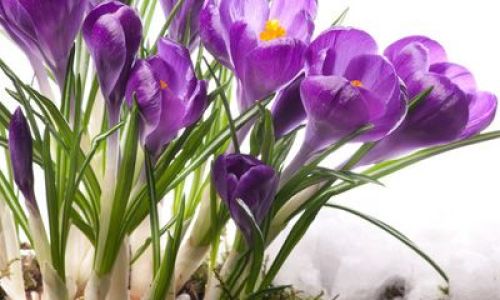
-
pH Levels: Acidic liquids (e.g., lemon juice) can stabilize crocin pigments, slowing fading. Alkaline environments may alter the hue, sometimes shifting it toward greenish tones.
-
Saffron Quality: Adulterated or low-grade saffron, often diluted with turmeric or safflower, may display uneven color loss or artificial dyes that resist fading.
-
Storage Conditions: Saffron stored in airtight containers away from light and moisture retains its pigment better, as exposure to oxygen and humidity degrades crocins.
Cultural and Culinary Perspectives
The color evolution of saffron threads holds symbolic weight in various cultures. In Persian cuisine, for example, the gradual fading of saffron in stews like ghormeh sabzi is monitored closely, as it signals the readiness of the dish. Similarly, in Indian biryanis, the ideal moment to remove saffron-infused milk is when the threads have imparted a golden hue without becoming pale.
Chefs and home cooks alike use visual cues to gauge saffron’s potency. A persistent red tint in the threads may indicate under-extraction, while overly faded strands suggest oversteeping or low quality. In traditional medicine, saffron’s color change is sometimes interpreted as an indicator of its therapeutic efficacy, though such claims lack scientific consensus.
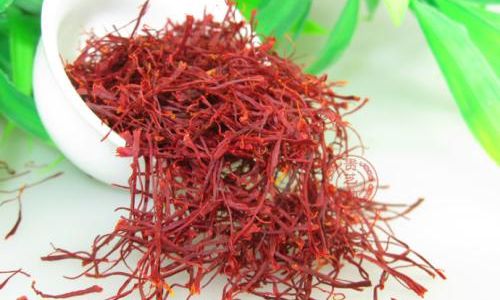
The Science Behind the Fade: A Closer Look at Crocin Degradation
Crocins are unstable compounds prone to oxidation and hydrolysis. When exposed to heat, light, or alkaline conditions, they break down into smaller molecules, such as crocetin and glucose. This degradation not only alters the color but also diminishes saffron’s dyeing capacity. Research suggests that the rate of crocin loss depends on genetic factors in the Crocus sativus plant, with certain strains producing more stable pigments.
Interestingly, saffron’s colorfastness can be partially restored through rehydration. Dried threads that have faded may regain some vibrancy when steeped again, though repeated cycles lead to progressive degradation. This property has implications for industrial applications, such as natural food coloring, where stability is paramount.
Debunking Myths: Common Misconceptions About Saffron’s Color
-
“Darker Saffron is Better”: While uniformly red threads are desirable, extremely dark saffron may indicate over-drying or artificial coloring. Natural saffron often has subtle tonal variations.
-
“Fading Threads Mean Fake Saffron”: Not necessarily. Genuine saffron fades with steeping, whereas counterfeit products (e.g., dyed corn silk) may retain color but lack authentic flavor.
-
“Saffron Should Never Turn Yellow”: The liquid’s yellow hue is normal, but threads turning yellowish-white may signal oversteeping or poor quality.
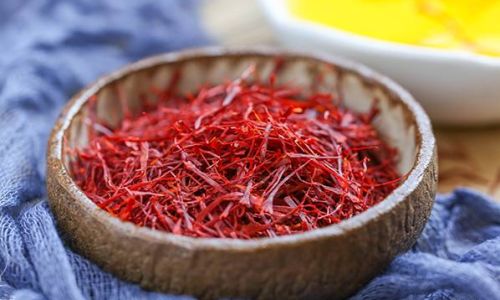
Practical Applications: Maximizing Saffron’s Visual Appeal
To preserve saffron’s color and aroma:
- Steep threads in warm (not boiling) liquid for 10–15 minutes.
- Use non-reactive containers (glass or ceramic) to prevent chemical interactions.
- Avoid prolonged exposure to air or light during steeping.
- Opt for whole threads over powdered saffron, as grinding accelerates degradation.
In molecular gastronomy, chefs experiment with spherification and emulsification to encapsulate saffron’s color, creating visually stunning dishes where the spice’s hue evolves dynamically.
Conclusion: The Art and Science of Saffron’s Palette
The journey of saffron threads from crimson to muted orange is a microcosm of the spice’s multifaceted nature. It is a tale of chemical fragility, cultural reverence, and culinary craftsmanship. While the final color of steeped saffron may seem like a minor detail, it serves as a window into the spice’s quality, history, and potential. Whether adorning a golden risotto or infusing a fragrant tea, saffron’s chromatic transformation reminds us that beauty often lies in the ephemeral—a fleeting dance of pigments that leaves an indelible mark on the senses.
As we continue to unravel the mysteries of this ancient spice, one thing remains clear: saffron’s allure extends far beyond its visual appeal. Yet, for those who pause to observe the subtle fade of its threads, a world of science and tradition awaits—a testament to the enduring magic of nature’s palette.
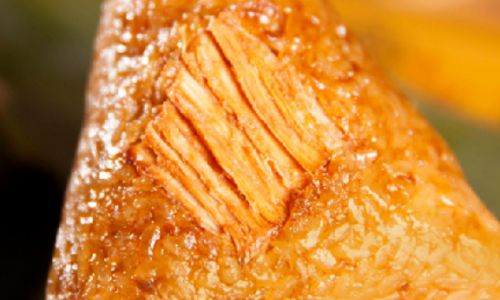
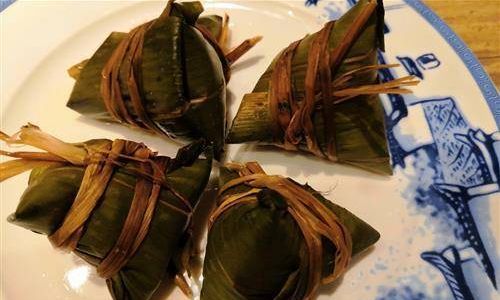
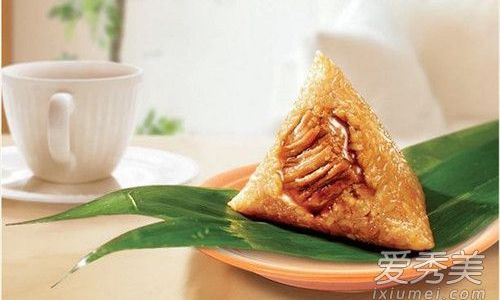



0 comments